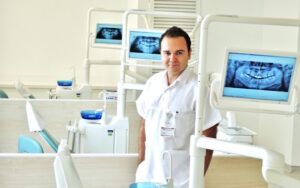
Could you share your career journey from graduating at the Near East University Faculty of Dentistry to where you are today?
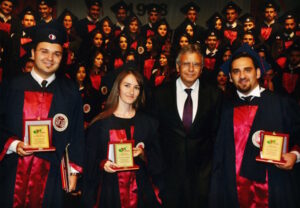
In 2016, together with my spouse and professional colleague, Elif Beycan Şen—who is also a graduate of Near East University Faculty of Dentistry—we established our own clinic. For us, this was not just about opening a clinic, but about creating a space where we could reflect our own vision and values.
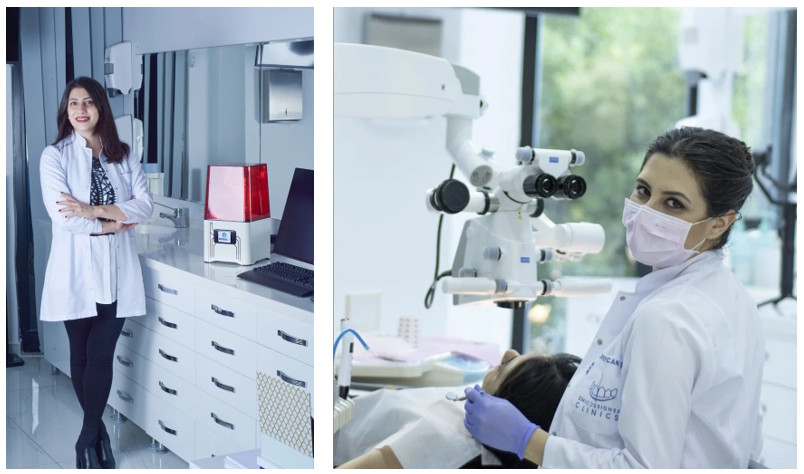
Since 2019, driven by our growing interest in digital dentistry and software, we turned toward software development and sales. We took our first major step by founding Smile Designer App. Recently, we acquired the Smile Design platform, and we are now focused on expanding globally.
As of 2025, our newly developed Smile Design Kiosk attracted great interest and reached nearly €1 million in sales. Today, we continue our clinical practice while also concentrating on global health technology projects.
How did your education and experiences at Near East University shape your professional perspective and approach to patients?
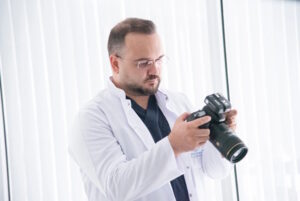
What motivated you to move beyond clinical practice and embark on an entrepreneurial journey?
Operational difficulties we frequently encountered in the clinic and the gaps in aesthetic planning pushed me to think differently. Was it possible to develop better, more efficient, and more realistic solutions?
Chasing this question, I began working on digital smile design, AI-based analysis systems, and in-clinic automation software. For me, entrepreneurship was not just about starting a business; it was a way to combine our experience in healthcare with technology and contribute to dental practice on a global scale.
What has been the biggest challenge in combining professionalism in healthcare with the pace of the business world, and how did you overcome it?
The biggest challenge was balancing non-negotiable clinical values like accuracy and patient safety with the speed and flexibility expected in the software development world.
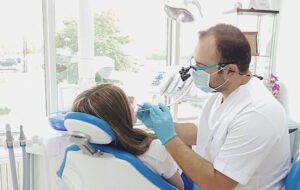
With my dual identity as both a dentist and entrepreneur, I took on the role of bridge-builder. Over time, through the right team structures and workflow strategies, we managed this process successfully.
What advice would you give to NEU students who aim to achieve both clinical excellence and innovative entrepreneurship?
First of all, be bold and don’t be afraid to take an interest in different fields. Being a good clinician today is not just about technical skills. An aesthetic mindset, digital fluency, communication skills, and entrepreneurial vision are just as important.
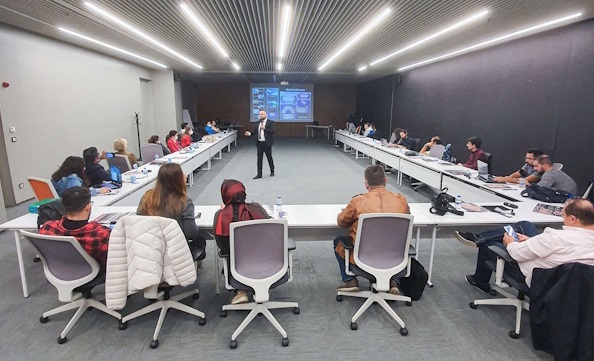
If you’re interested, explore areas like software, design, and management. Test your ideas with small steps, share them, improve them. Remember, change always begins with an idea—and you can be the one who leads that change.
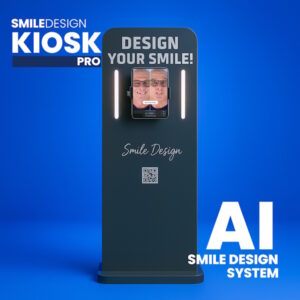
The idea for Smile Design Kiosk came from noticing that patients often struggle to imagine their smile before starting treatment. Typically, patients only see the aesthetic outcome after the procedure is completed. But we realized that this process could be far more transparent, quick, and impactful.
With this in mind, we designed a standalone, user-friendly kiosk powered by artificial intelligence. Smile Design Kiosk allows patients to see a digital smile simulation tailored to their face shape within seconds. Its built-in AI engine analyzes facial features to determine the ideal tooth form and instantly presents a visual before-and-after.
This product can be used in high-interaction environments like shopping malls, clinic reception areas, or exhibitions. Operating independently, it leaves a strong first impression on patients and offers clinics a significant advantage in terms of prestige and patient acquisition.
What sets Smile Design Kiosk apart is that it transforms a simple smile into a production-ready digital design—all starting with a smile into a tablet camera. This accelerates patient decision-making and enhances communication between dentist and patient.
Moreover, these designs can be exported in formats suitable for production by integrating them into a 3D library. So, the system isn’t just a visual simulator; it’s a technological solution fully integrated with the clinical workflow. With this product, I believe we’ve made smile design more accessible, more impressive, and more professional.

With one foot in the clinic and the other in the digital future of dentistry, Dr. Sevgin Şen reminds us that innovation often starts with a single insight—and the courage to pursue it.